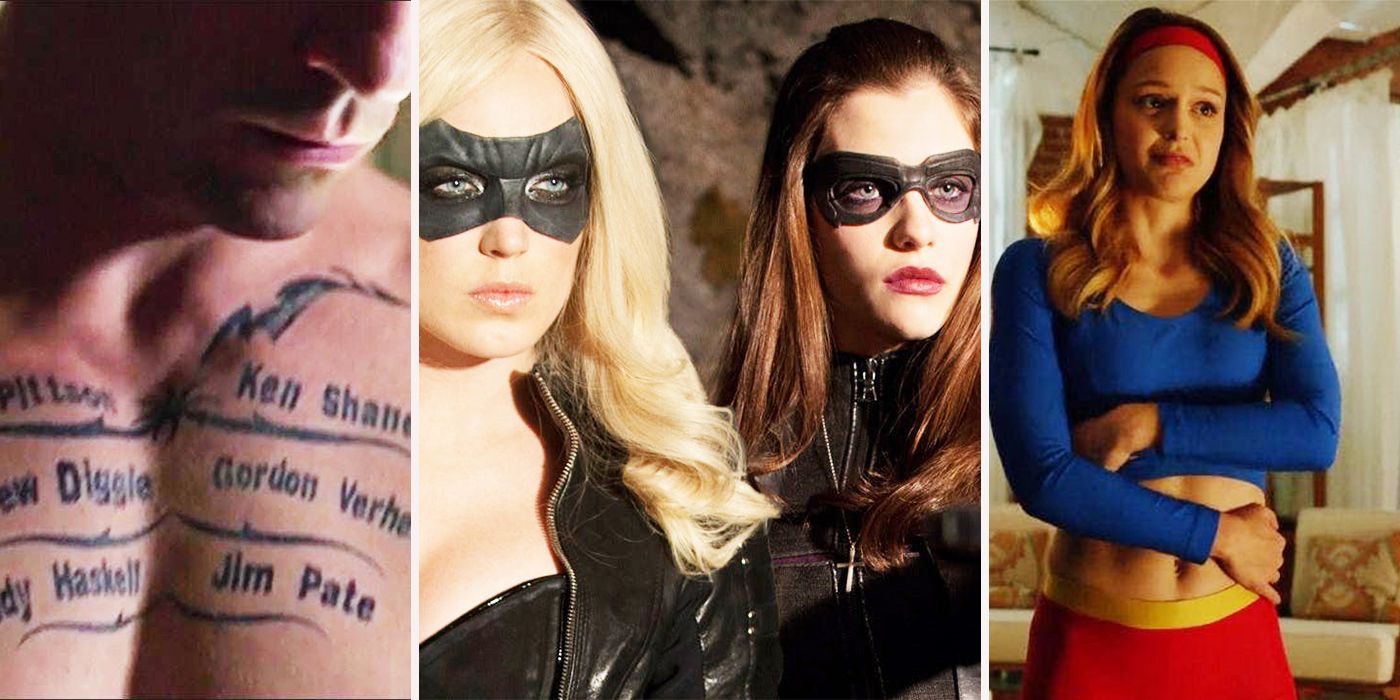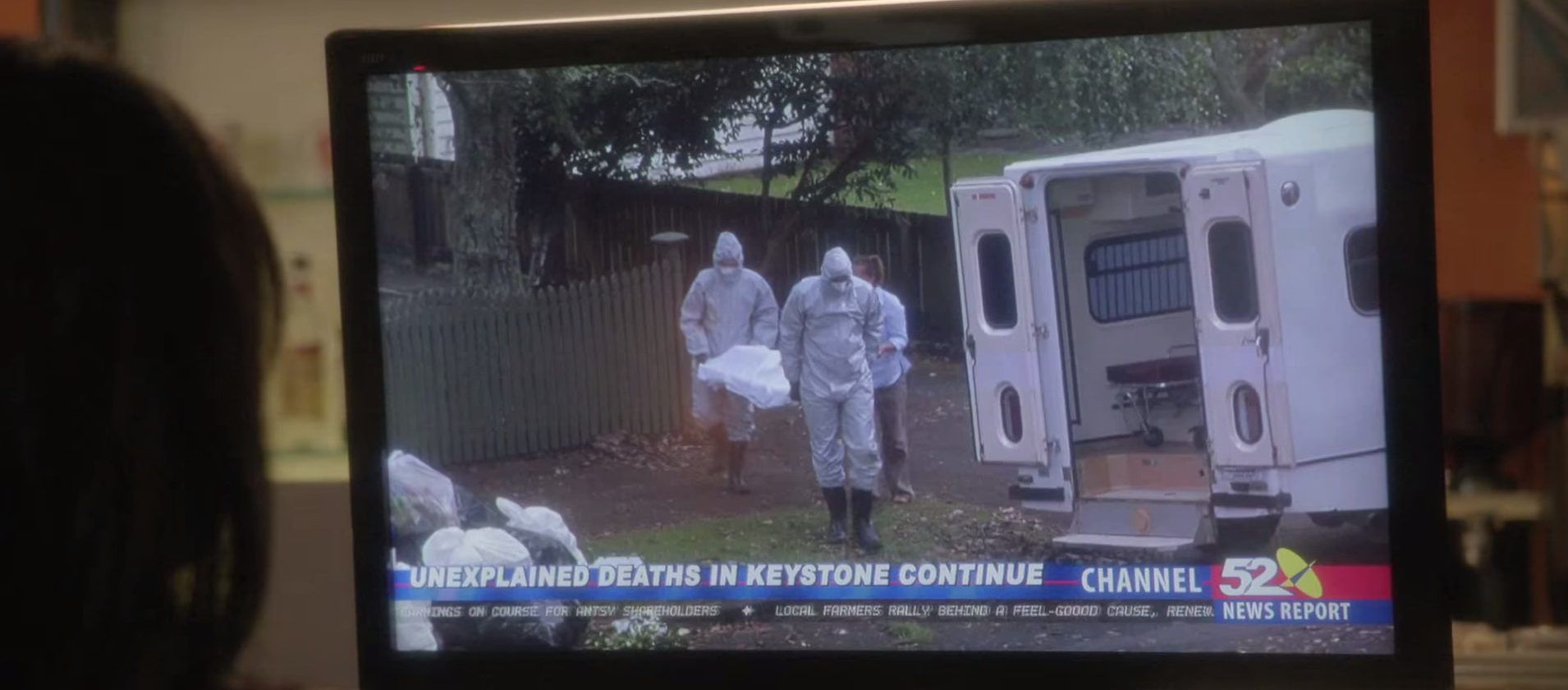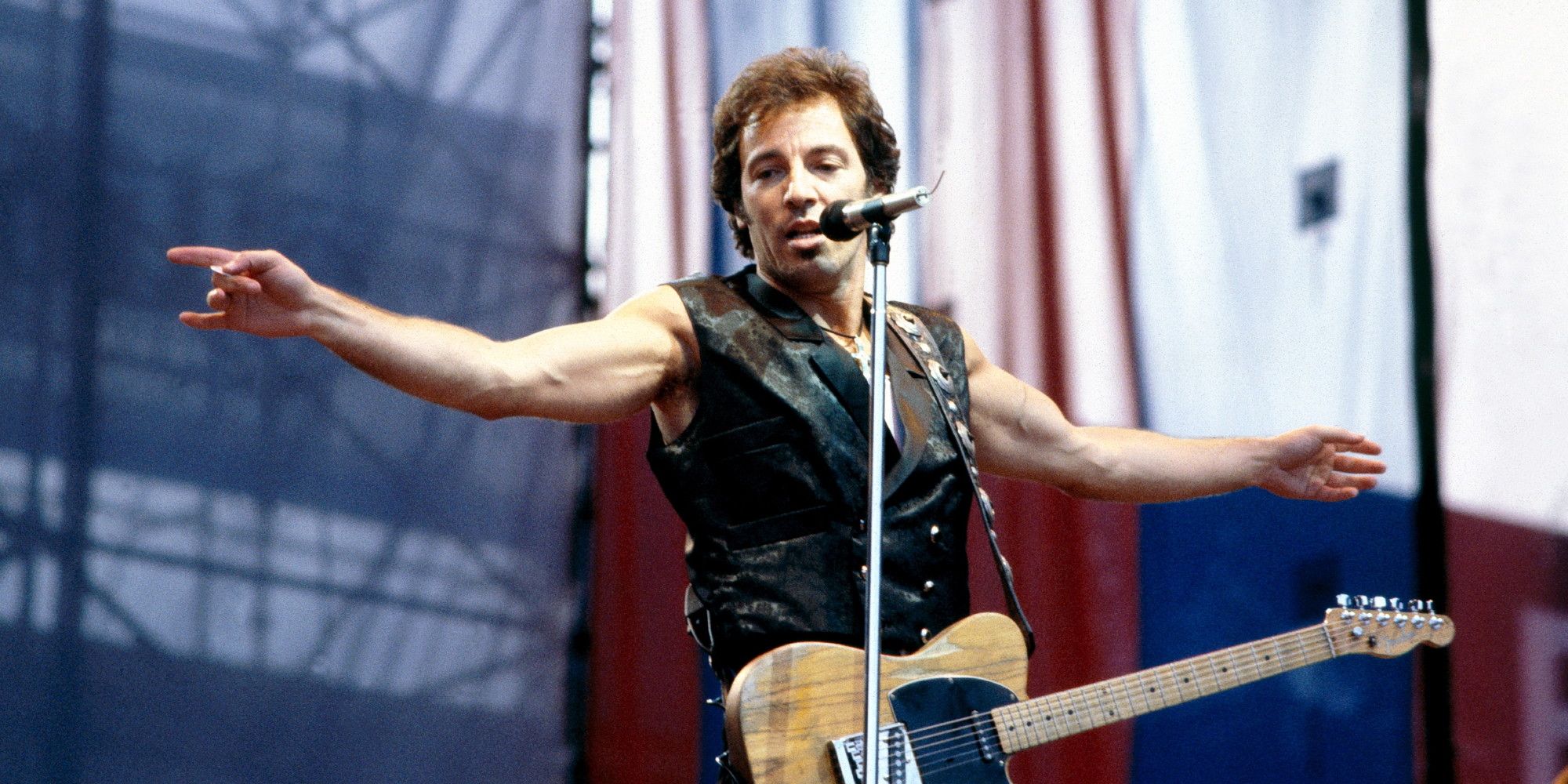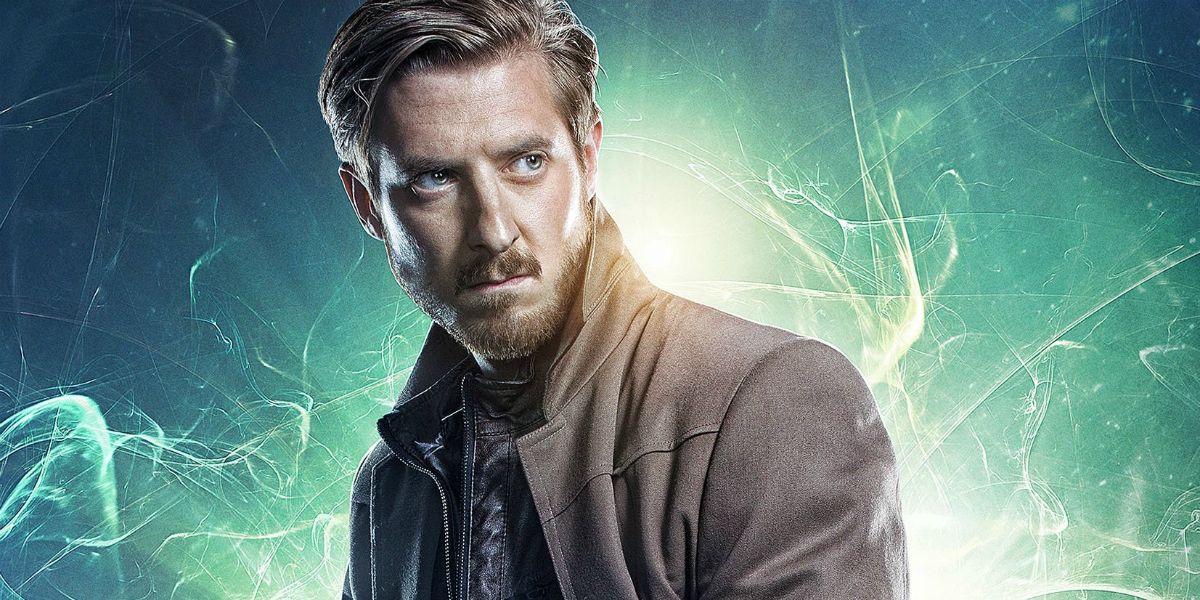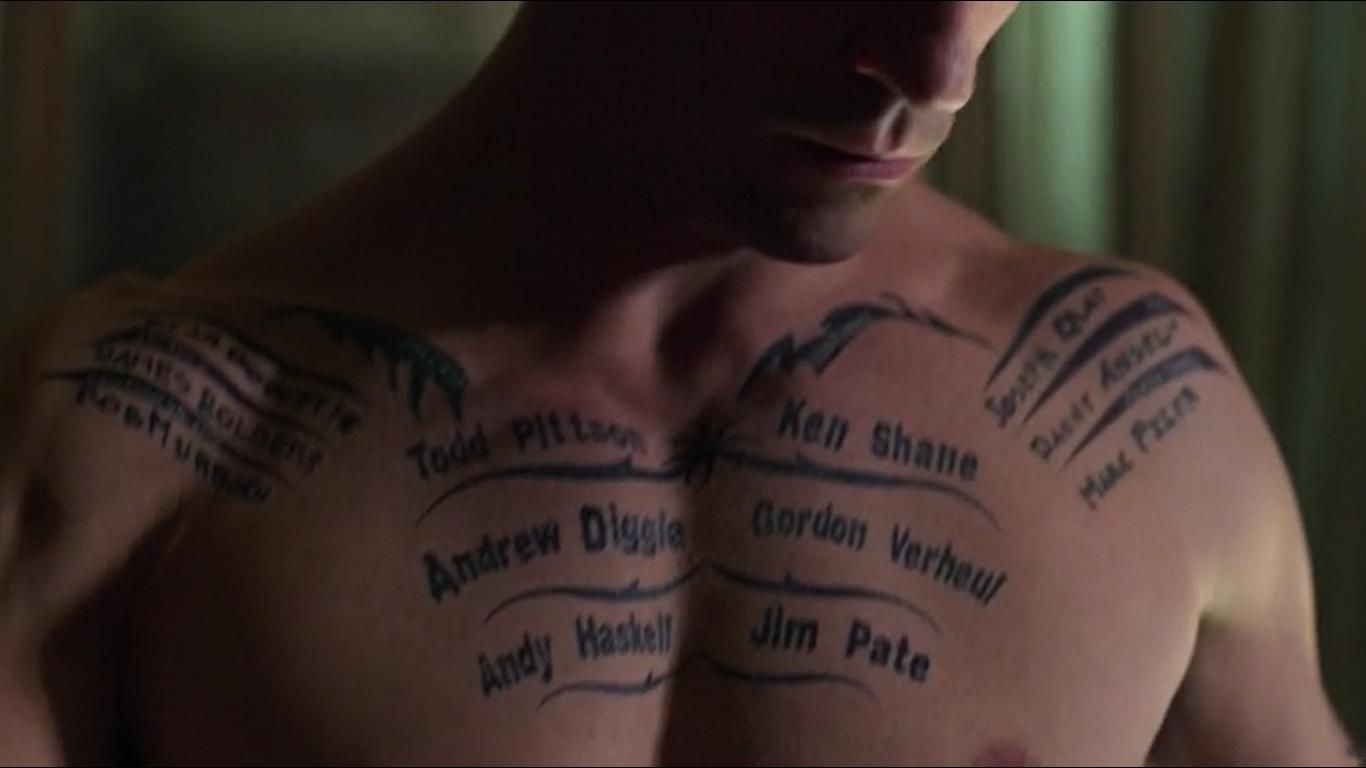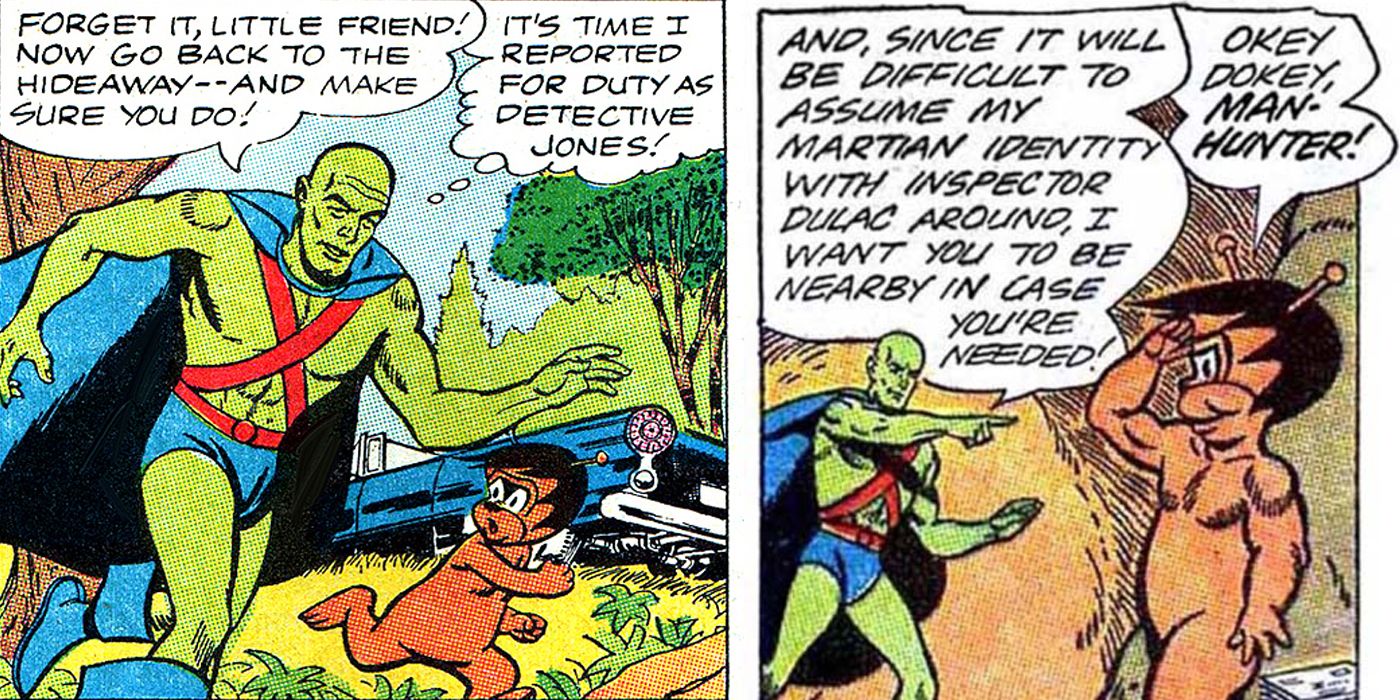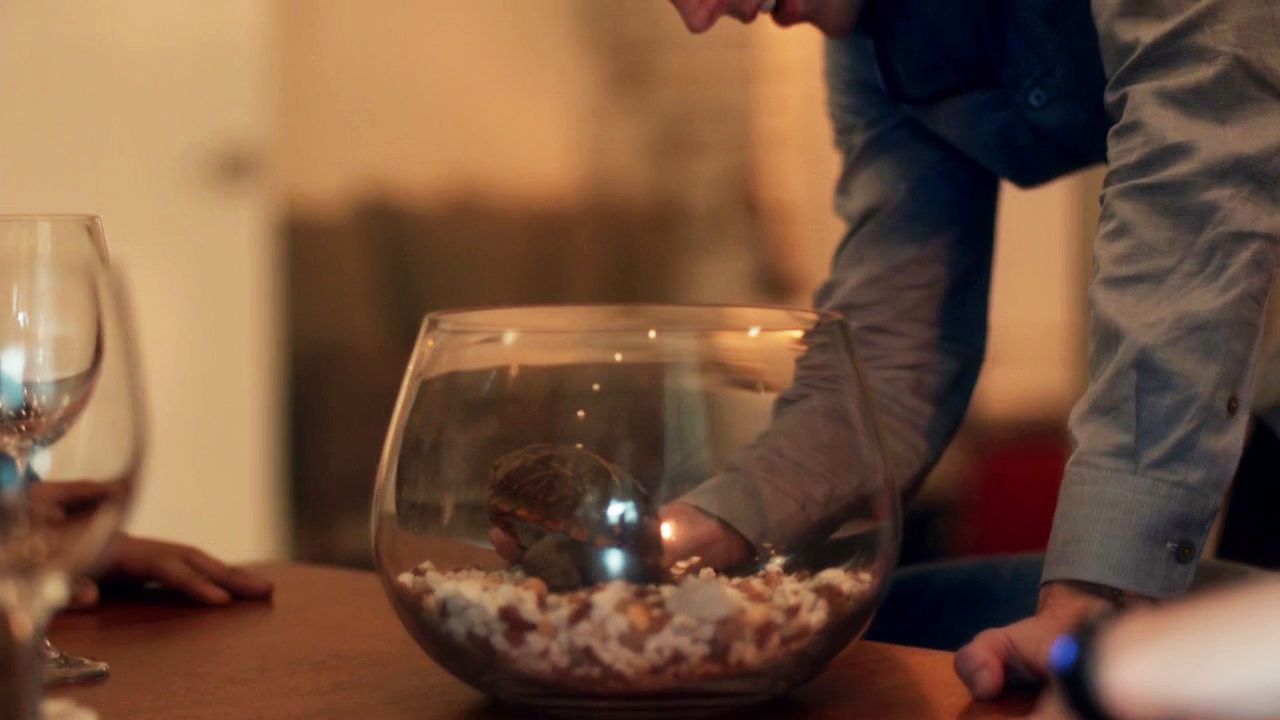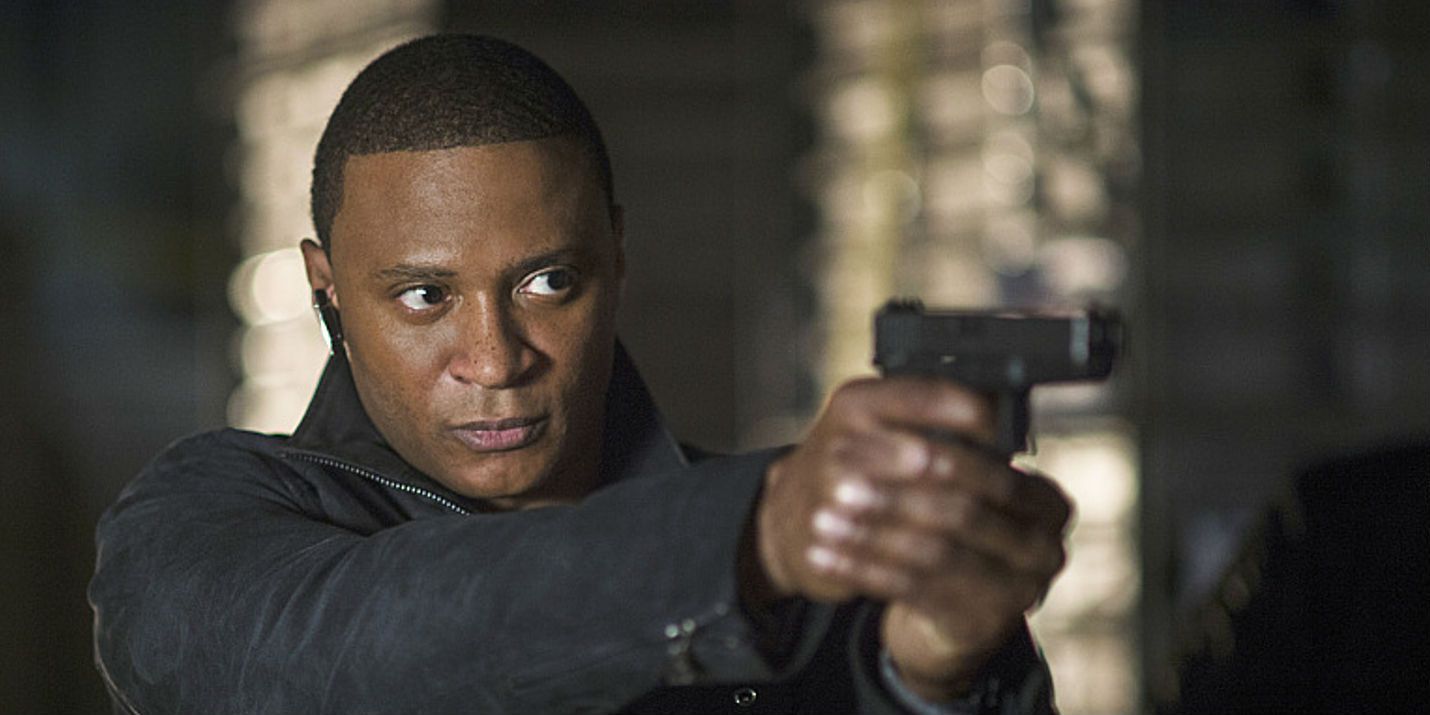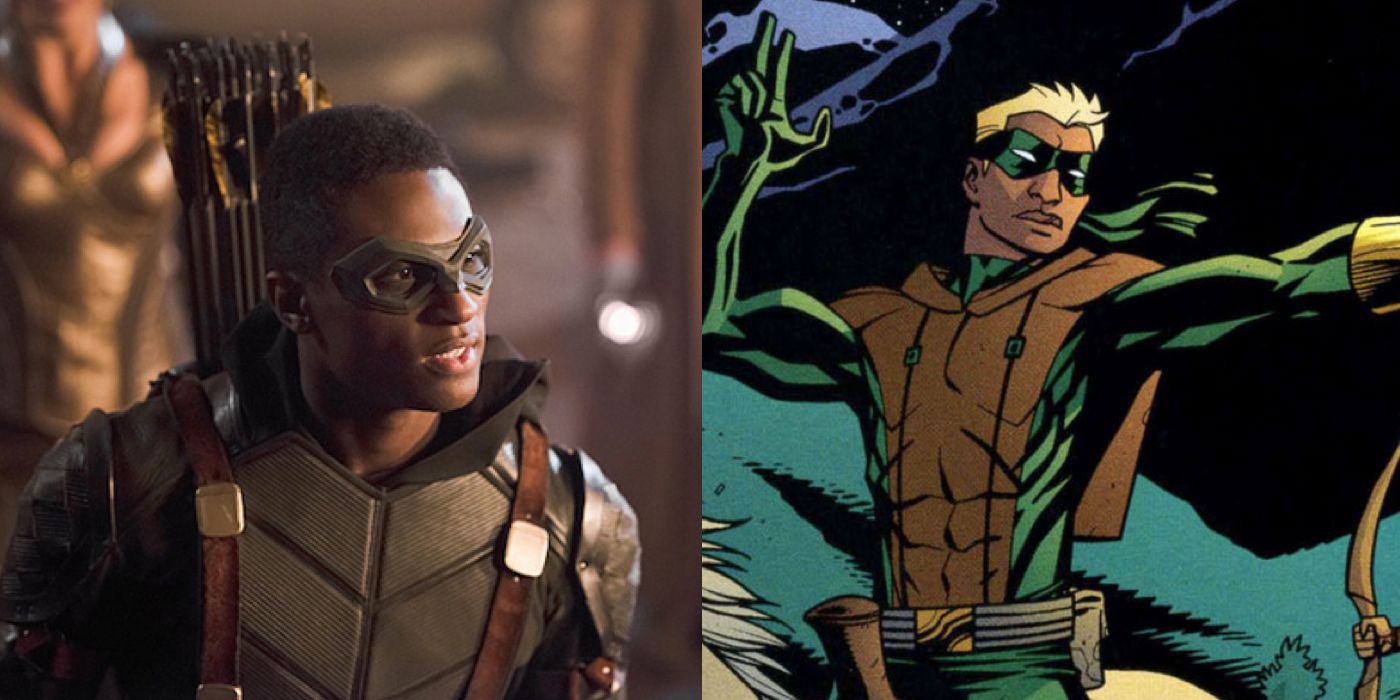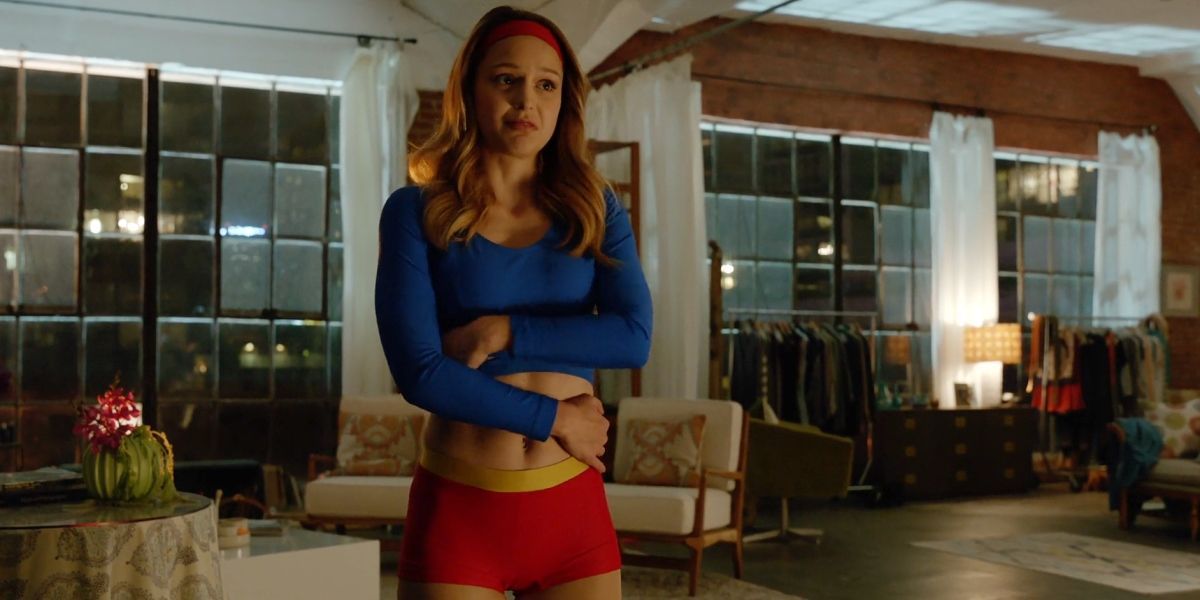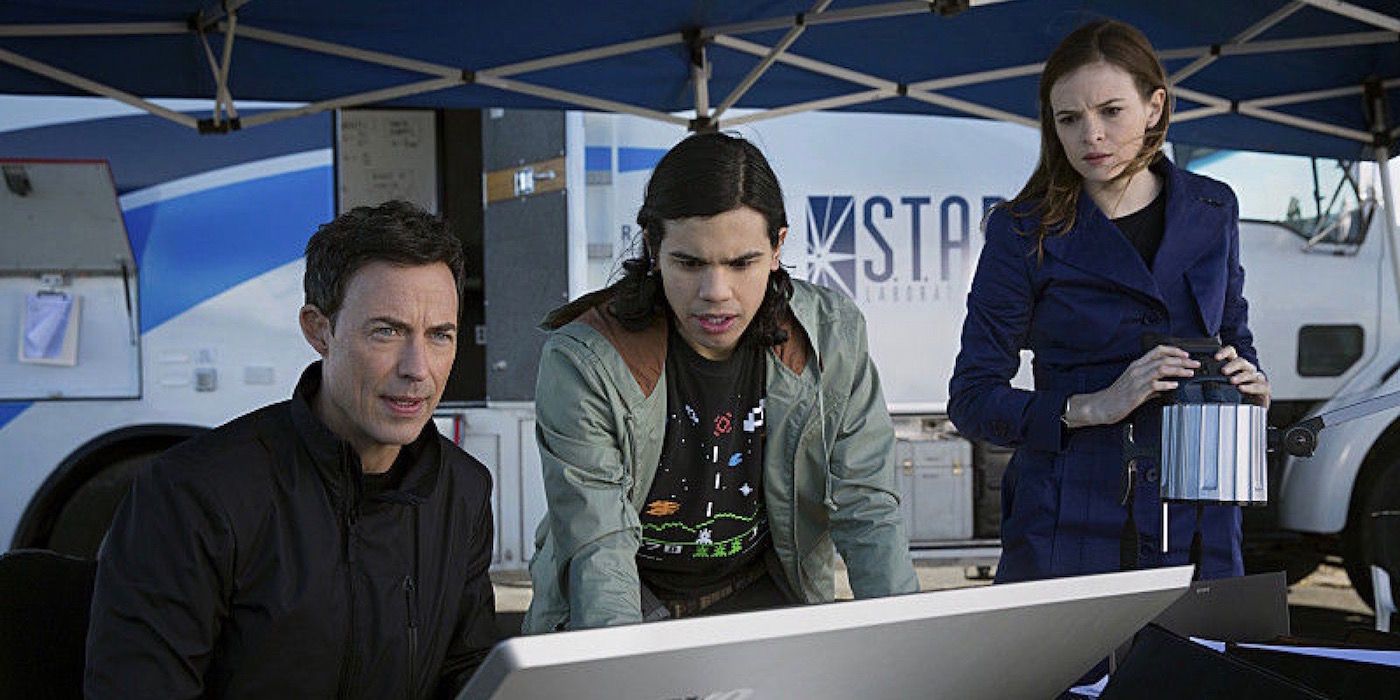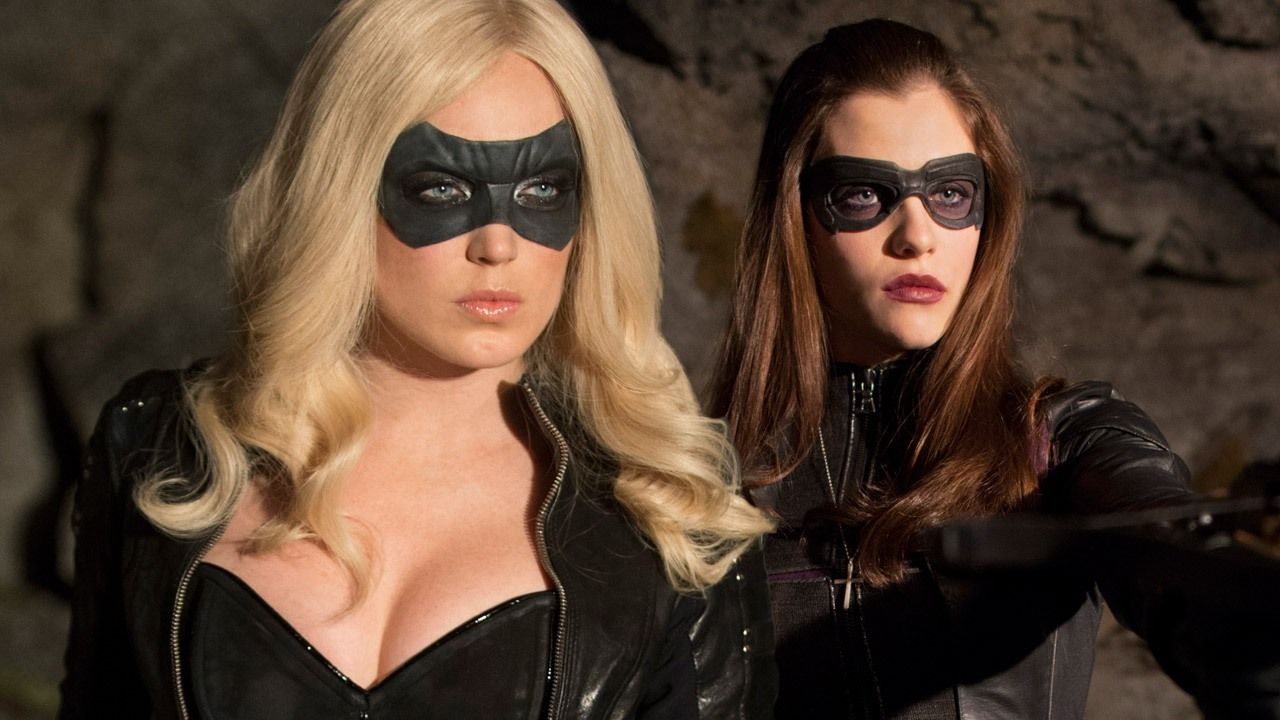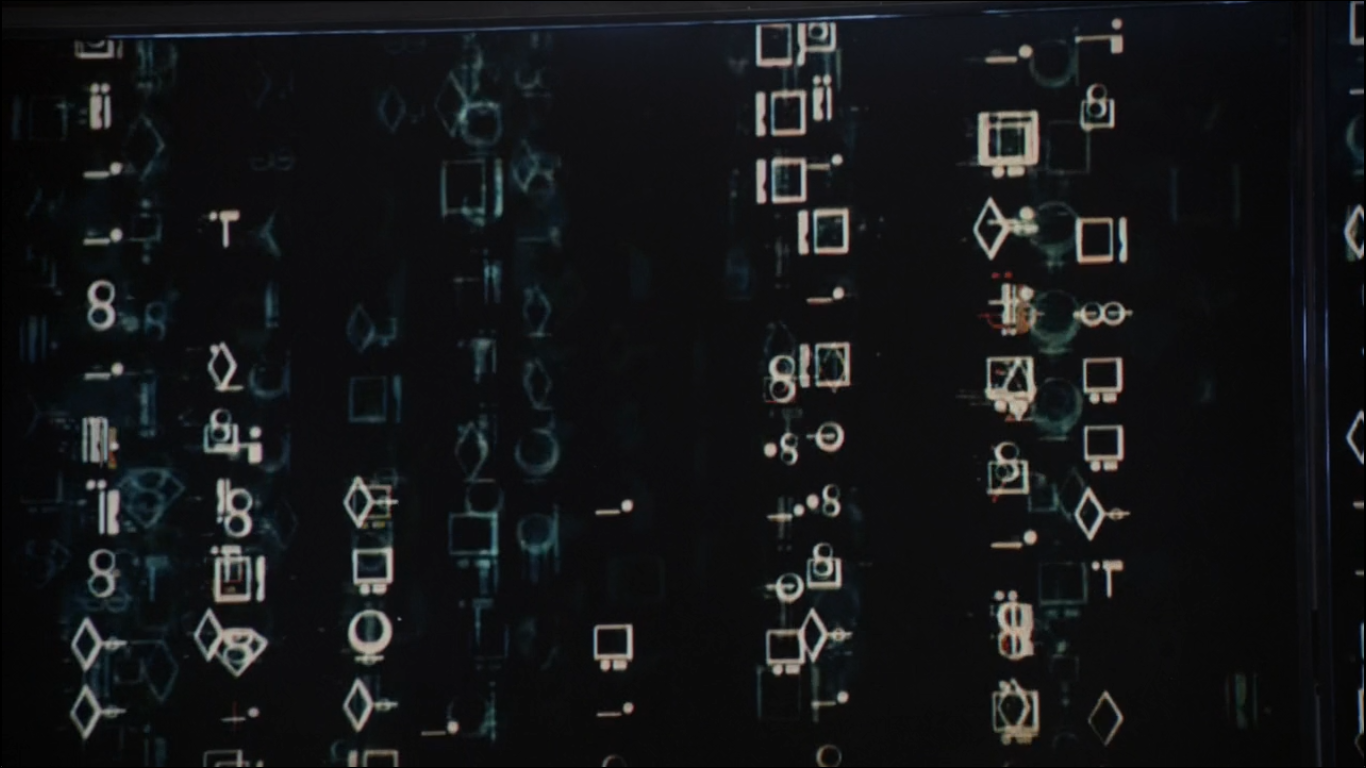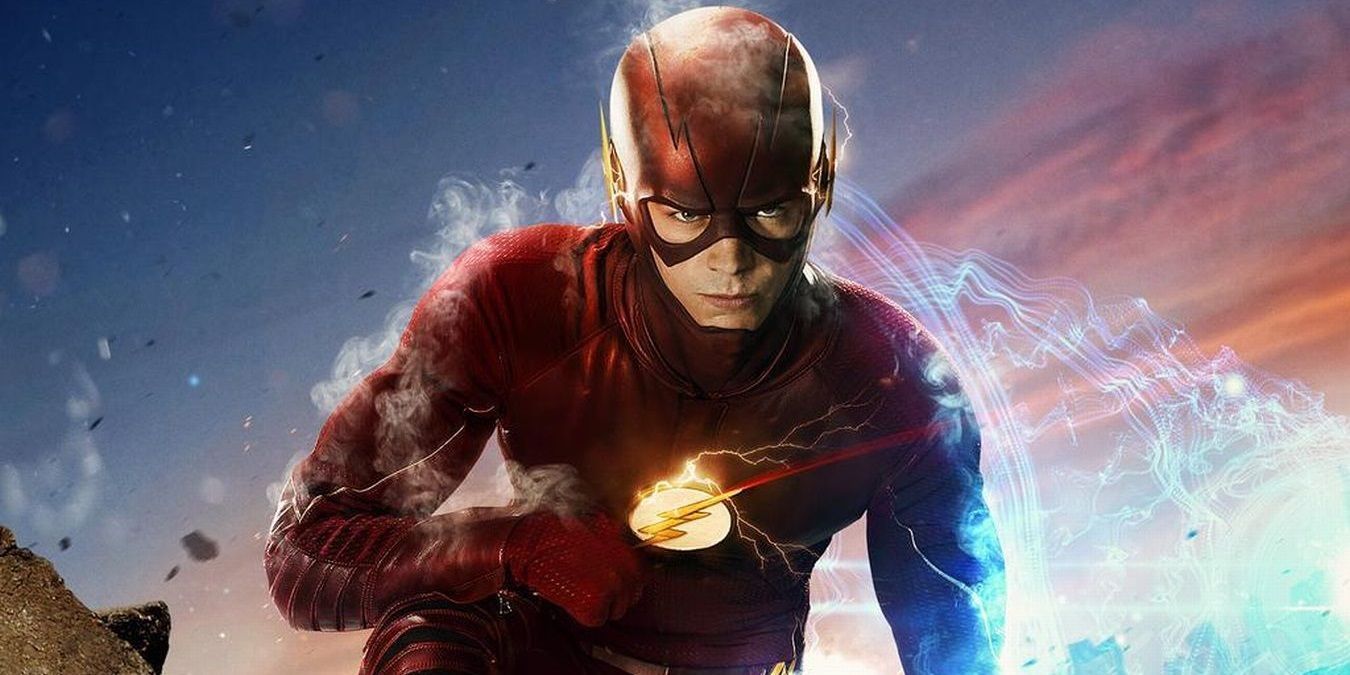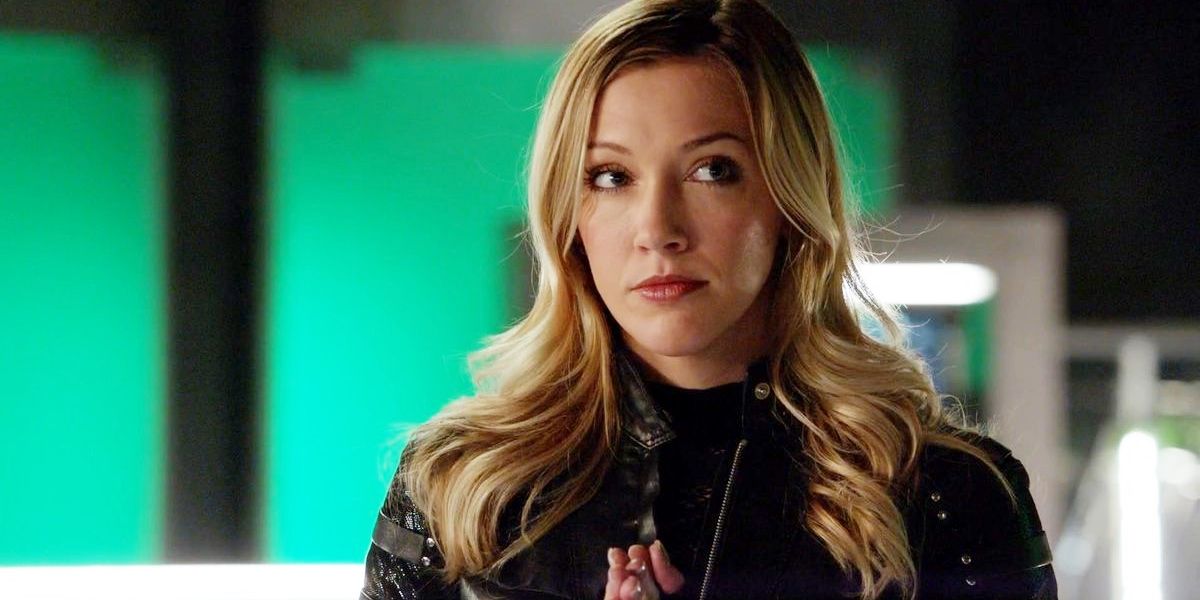It’s a truth as immutable as the sun setting in the west – comic book fans love Easter eggs. There’s few things that can compare to that little tingle we get when we understand a reference or get to laugh at an in-joke. It’s just as true that showrunners – many of them fans themselves - love packing their shows full of trivia for the most savvy of viewers to enjoy.
This is particularly true of the Arrowverse – the shared universe of DC Comics superhero adaptations that started with The CW’s Arrow and continued on into The Flash, Legends of Tomorrow, Supergirl, Vixen, and Constantine. Every episode of each of these hit shows is filled to the brim with tributes to the original source material. Yet even the most eagle-eyed of fans cannot spot every little nod to the original comic books.
With that in mind, here are 16 Things Even Die-Hard Arrowverse Fans Completely Missed.
The Number 52
In 2011, DC Comics reset their entire product line, creating a whole new multiverse made up of 52 unique Earths based around 52 individual comics. Dubbed The New 52, the number 52 kept coming up in different ways around the new DC Universe and it began to show itself in The Arrowverse as well.
Perhaps the most obvious example of this is Channel 52 - a news station which serves both Starling City and Central City, delivering vital exposition to our heroes as needed. Felicity noted dryly in the fifth season Arrow episode "Fighting Fire With Fire" that anchor Bethany Snow "never reports good news."
Most of the uses of the number 52 are more subtle, such as Quentin Lance’s radio call-sign being DC-52. The STAR Labs “Pipeline” is officially labeled as Intake 52. And whenever a criminal is tracked down, they’ll usually be in Room 52 at a hotel or in a warehouse at 52 Suchandsuch Street.
Arrow's Tribute To Bruce Springsteen
With his hard rock aesthetic and focus on social justice in his songs, it’s a safe bet that Bruce Springsteen would be a favorite musician of Oliver Queen. Arrow Executive Producer Marc Guggenheim is certainly a fan and has confirmed that the show has paid tribute to “The Boss” by naming the penultimate episode of every season after one of Springsteen’s songs.
The tribute seems to go beyond shared titles, however, with each song also having something to do with the theme or plot of the related episode. Sometimes the connection is literal, with "Streets of Fire" set as Starling City is literally burning in the wake of Deathstroke’s assault. Other times the song connects to a certain character, with the lyrics of "Darkness On The Edge Of Town" seeming to describe both Oliver Queen (“Everybody's got a secret, Sonny, Something that they just can't face”) and Malcolm Merlyn (“…I lost my wife, Them things don't seem to matter much to me now”).
Kissing cousins?
At the end of the four-part Invasion crossover between all of the Arrowverse shows, our heroes celebrate their saving the world with one heck of a party. As everyone is mingling, there is a brief moment where Felicity Smoak throws a glance at Supergirl (now in her civies as Kara Danvers) and comments to Ray Palmer that "It's like looking into a mirror."
"Yeah, you know what's funny? She really kind of looks like my cousin," Ray replies.
There’s multiple levels to the humor here. It hangs a lampshade on fan comments that Kara Danvers seemed to be modeled on Felicity, with her perpetual ponytail, similar glasses, and cute awkwardness. It throws a disturbing twist on why Ray might have been subconsciously attracted to Felicity in the first place. And it’s a nod to Ray Palmer actor Brandon Routh’s having played the role of Kara’s cousin, Superman, in 2006’s Superman Returns.
Rip Hunter is a Dimensional Traveler
First appearing in 1959's Showcase #20, Rip Hunter may be comics' most famous time-traveling hero. First referred to as "an interesting man" in the season finale of The Flash's first season, he would later make a physical appearance as the original leader of The Legends of Tomorrow. But could Rip Hunter's travels have taken him through other realities as well as time itself? The evidence is there.
In the classic comics, Rip Hunter was one of the few beings to survive Crisis On Infinite Earths with his memories of the previous Pre-Crisis reality unaltered when the multiverse collapsed into a single solitary universe. Furthermore, in the Legends of Tomorrow episode "Blood Ties", Rip said that he had seen "men of steel die and dark knights fall." Since then, it has been confirmed that Superman and Batman don't exist on Earth 1, where Legends takes place... but they do exist on Earth 38 where Supergirl takes place!
The Ace Of Winchesters
The short-lived Constantine series threw out numerous references to the mystic side of DC Comics during its brief run, with magical artifacts like The Helmet of Nabu and The Ibistick making appearances in John Constantine's mill-house hideaway. One of the more interesting objects to make a cameo is The Ace of Winchesters - a magic rifle wielded by Constantine's enemy, Papa Midnite, in "The Devil's Vinyl".
Created by writer Garth Ennis and first appearing in Hellblazer #72, The Ace of Winchesters would not receive a full history or description of its powers until years later in Ennis' series Hitman. The Ace of Winchesters was created by a mystic who served in The Texas Rangers, forged from the steel of an angel's halo, gems from Hell and ivory made of saint's bones. This gave the weapon the unique ability to permanently kill demons, though the Arrowverse version was said to never miss its intended target.
Deadshot's Most Famous Victim
The Arrow version of Deadshot has a unique compulsion which sets him apart from his more famous film counterpart, and the original version in the comics - he has the names of every person he's assassinated tattooed on his body. This was originally used to show that Floyd Lawton was the killer of John Diggle's brother, Andrew, but one name - Joe Cray - also subtly paid tribute to Deadshot's most famous victim in the comics.
In John Ostrander's 1987 run on Suicide Squad, the team's existence was threatened by Senator Joseph Cray - a corrupt American politician, who manipulated The Squad for his own ends while threatening to reveal its existence publicly. An enraged Col. Rick Flagg set out to kill Senator Cray, resulting in Amanda Waller dispatching Deadshot to stop Flagg by any means necessary. Taking his orders literally, Deadshot did stop Flagg from killing Senator Cray... by killing the Senator himself!
The Zook Uprising
In the second-season Supergirl episode "Mr. and Mrs. Mxyzptlk", J'onn J'onzz makes a passing reference to an event on Mars known as The Zook Uprising. The name Zook has multiple important meanings relating to the classic Martian Manhunter comics but none of them have anything to do with any kind of uprising.
In the Detective Comics series starring Martian Manhunter, J’onn adopted an odd creature called Zook, who originally came from another dimension. Described as “nothing but a mischievous animal,” Zook resembled an anthropomorphic cartoon dog with antenna who walked on two legs.
Zook proved remarkably helpful to J’onn as a crime-fighting partner, possessing the powers of shape-shifting, temperature manipulation, and the ability to track anyone and recognize them no matter how they were disguised… including the shape-shifting J’onn J’onzz himself!
Later comics paid tribute to Zook in the form of Zo’ok. This Zo'ok was a Martian plant with shape-shifting properties which Martians used for making clothing that shifted along with their bodies.
Iris West's Speedster Stuffed Turtle
Iris West made a passing reference to her favorite stuffed toy as a child being McSnurtle The Turtle in the first season The Flash episode"Revenge Of The Rogues". This was a nod to one of the more obscure speedsters in DC Comics history - one even older than Barry Allen!
First appearing in Funny Stuff #2 in 1944, Merton McSnurtle was an ordinary mild-mannered turtle. Granted super-speed powers by two cosmic beings arguing whether good or evil was the stronger force, McSnurtle began to fight crime as a superhero called The Terrific Whatzit. McSnurtle's costume was based on the design of the Jay Garrick Flash, with blue pants, a red shirt with a yellow lightning bolt, and a petasos-style helmet.
McSnurtle got another nod in the third season episode "Borrowing Problems from the Future", when HR gave Barry and Iris a pet snapping turtle named McSnurtle. Apparently it is customary on Earth 19 to celebrate a house-warming with the gift of a reptile.
John Diggle's Little Tribute
Where would Oliver Queen be without his longest-serving and most stalwart ally, John Diggle? Dead ten times over or in jail, most likely. Though eventually finding his way into the Green Arrow comics as a supporting character, John Diggle was originally created for Arrow as a tribute to two different legacies.
Digg's name was taken from author Andy Diggle, whose 2007 mini-series Green Arrow: Year One (with artist Jock) informed much of the spiritual tone and visual aesthetic of the first season of Arrow. John Diggle also serves as a modern day analog to another famous John - Robin Hood's loyal friend, Little John.
Most of the Robin Hood stories portrayed Little John as being older and wiser than the more hot-headed Robin. He was also frequently portrayed as a family man, despite his outlaw status.
Connor Hawke - The Green Arrow Of The Future
When the Legends of Tomorrow traveled into the dystopic future of "Star City 2046", most spotted the nod to The Dark Knight Returns, with a one-armed Oliver Queen fighting to save his city. What fewer fans recognized was the significance of Oliver’s sidekick John Diggle Jr.’s chosen alias – Connor Hawke.
First appearing in Green Arrow #0, Connor Hawke was a Green Arrow fan who had started studying at a Buddhist ashram where Oliver Queen had reportedly stayed during a dark time in his life. To Connor’s delight, a similarly distraught Oliver Queen returned to the ashram and gladly told the young man stories about his life.
What Connor did not tell Oliver was that he was Oliver Queen’s son – the product of a tryst Oliver had with hippie Sandra “Moonday” Hawke during his free-loving college days. Following Oliver’s death saving Metropolis in Green Arrow #101, Connor would take up his father’s bow and name as the second Green Arrow, despite being more of a martial artist than an archer.
Supergirl's Impractical Costumes
When Kara asks Winn Schott for help in designing a costume in the first episode of Supergirl, she almost immediately regrets it. Winn's first design is decidedly impractical, featuring a red headband, tight red boy-shorts with a non-functional gold belt, and a blue belly-baring top. It's a fun little riff on how traditional superheroine outfits were not designed with real women in mind. It's also a nod to some of the classic Supergirl costumes of yesteryear.
The red headband was part of Kara’s costume in the early 1980s. She wore red short shorts instead of a skirt throughout the 1970s. And Kara favored belly shirts in the 1990s and 2000s, with her Animated Series incarnation wearing a white baby-T that found its way into the comics and the 2005 redesign of Kara’s costume featuring a blue belly-baring, long-sleeved T-shirt.
The Math In The Flash Adds Up
While most teachers would be skeptical of any student who claimed the science employed by STAR Labs held any basis in reality, the shocking truth is that the technobabble rattled off by Cisco Ramon and Caitlin Snow is usually mathematically accurate. Like the "Flash Facts" of the original comic books, The Flash can often be used to illustrate basic scientific principles.
To give one example from the first season episode "The Flash Is Born", Cisco calculated that in order to hit the super-strong metal-man Girder hard enough for him to feel it, Barry would have to run at Mach 1.1 (or 837 mph) for over 5.3 miles. This is, as Caitlin notes, faster than the speed of sound (767 mph).
The numbers do match up and Barry does indeed generate a glass-shattering sonic boom in the build-up of his supersonic punch, just like a jet breaking the sound barrier.
The Shows Pay Tribute To Comic Writers And Artists
While comic book adaptations are big business now, it’s fair to say the Arrowverse wouldn’t exist without the earlier works that inspired it. As such, the writers of the Arrowverse frequently pay tribute to the writers and artists who inspired them by naming certain streets and landmarks after the original comic book creators.
For example, in the first season The Flash episode "The Nuclear Man", the Flash is dispatched to stop a suicidal man from jumping from a building located at 52nd and Waid. This is a nod to comics writer Mark Waid, who created the idea of the Speed Force. It's also another use of the number 52!
Another nod can be found in the second season Arrow episode "Birds of Prey". There, the Canary and Felicity Smoak must save mobster Frank Bertinelli from a vengeful Huntress. The courthouse their confrontation occurs at is located on the corner of Gail and Simone – a tribute to Birds of Prey author Gail Simone.
Supergirl's font
The language of the planet Krypton has a surprisingly long and varied history. It began with Superman editor Nelson E. Bridwell’s effort at cataloging the various scribbles used to note the language in the comics (primarily to stop fans from sending in their own Kryptonese dictionaries!) and ended with the creation of a full Kryptonian language in 2013 by linguistic anthropologist Christine Schreye for the movie Man of Steel.
The most well-known Kryptonian language isn’t really a language at all, but an English-based substitution font that replaces the usual letters and numbers with unique characters. Originally created for the Superman comics in 2000, the symbols found their way into the TV series Smallville and are still used on Supergirl today.
Their most famous use was in the second season episode "Mr. and Mrs. Mxyzptlk", where Kara banished Mr. Mxyzptlk by tricking him into typing out his name backwards in Kryptonian. The Kryptonian font has also been seen on various computer displays in the DEO and The Fortress of Solitude.
Zip Codes and The Flash
Since 1963, the US Postal Service has used five-digit ZIP (Zone Improvement Plan) Codes to deliver the mail more effectively to targeted areas. Quick-eyed viewers may have caught some ZIP Codes in certain early episodes but few have noticed how ZIP Codes in the Arrowverse have changed over time.
The second season Arrow episode "Blast Radius" revealed Starling City’s ZIP Code as 98114. This corresponds to a real-world ZIP code for Seattle, which is Green Arrow’s hometown in the current DC Comics universe. The first season The Flash episode "Rogue Air" gives Eddie Thawne’s ZIP Code in Central City as 74912 – a non-existent ZIP Code whose 749 prefix would place it in central Oklahoma.
Things changed with the second season The Flash episode "Potential Energy", where a piece of mail revealed Central City’s ZIP code as a four digit number – 7423. Clearly Barry Allen’s first trip to the past to save his mother somehow changed reality, resulting in ZIP Codes in the Arrowverse now using four digits instead of five!
Laurel Lance's Favorite Wine Foreshadows Her Destiny
Laurel Lance's drug and drinking addictions were major stumbling blocks on her road to replacing her sister as the Canary. It is ironic then that Laurel Lance's drink of choice was a nod to her eventual destiny and superheroic code name.
In the pilot episode of Arrow, Tommy Merlyn makes a reference to Laurel Lance’s favorite wine being Pinot Noir. The name Pinot Noir literally translates as “black pinecone” in French, referring to the appearance of black grapes, bunched together, looking like a black pinecone.
The name Pinot Noir can be applied to both a particular species of black grapes and the wine that is made from them. Pinot Noir grapes are notoriously hard to cultivate and few vineyards are capable of managing the job. The most prominent American vineyard that makes Pinot Noir? A place known as Canary Hill.
Black Grapes from Canary Hill. It’s one heck of an Easter egg, and a reportedly fine wine - for those who can afford it.
—
Is there an even more surprising Arrowverse secret we missed? Let us know in the comments!

